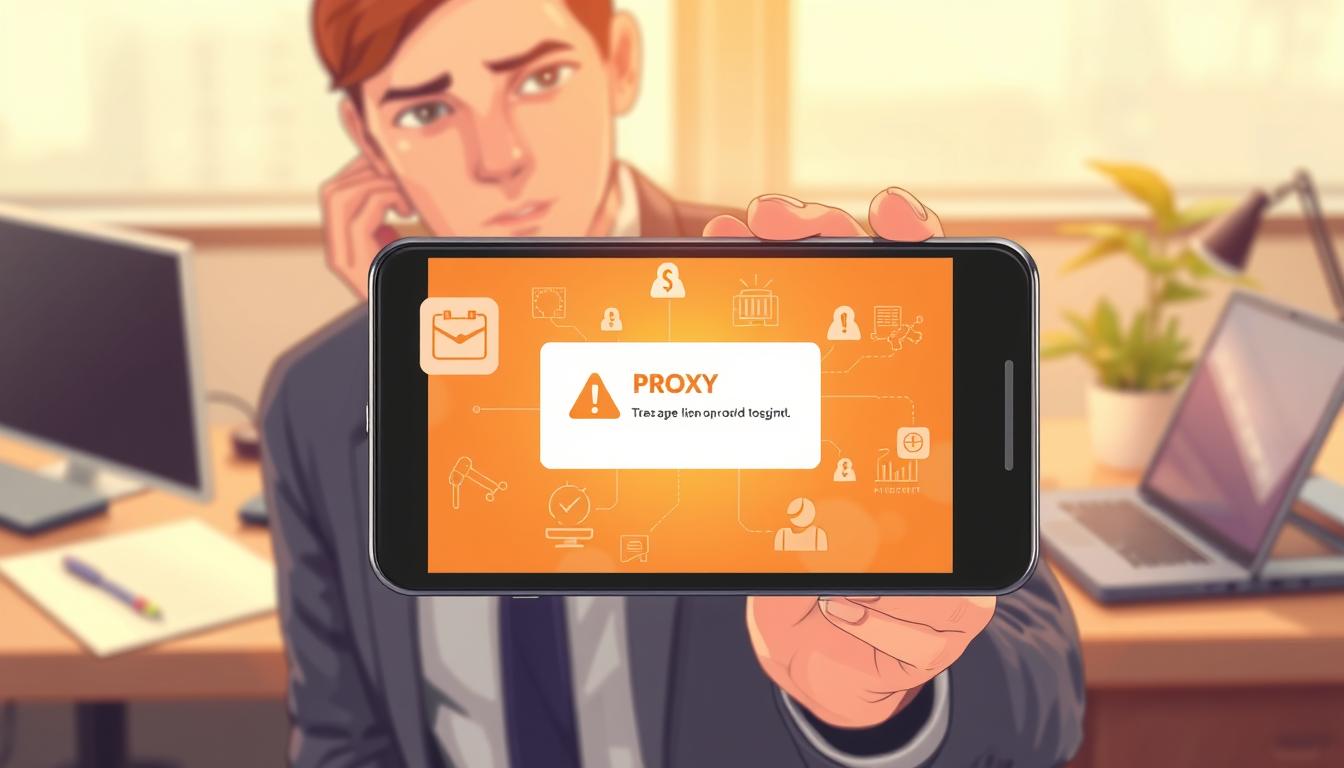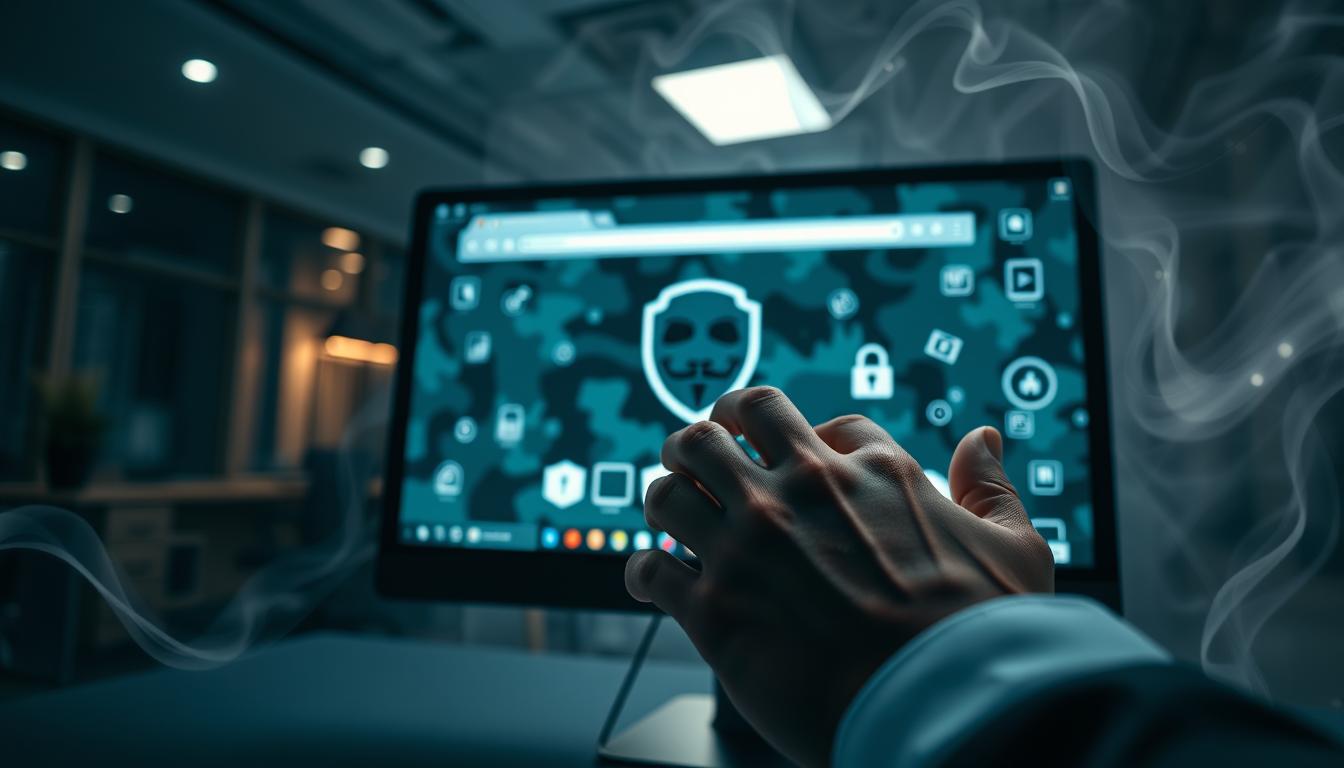FTC disclaimer: This post contains affiliate links and I will be compensated if you make a purchase after clicking on my link.
Law enforcement agencies face big challenges today. They must keep communities safe and deal with many complex issues. But, technology has brought new tools to help them.
These tools make their work easier and safer. So, you might wonder what the best software is. How can it change how your agency works?
Key Takeaways
- Law enforcement software offers advanced features for case management, data analysis, and reporting.
- Top software solutions are designed to improve efficiency, data management, and overall public safety.
- Factors like user-friendliness, integration capabilities, and security features are crucial when evaluating law enforcement software.
- Agencies must consider their specific needs and budget when selecting the right software solution.
- Emerging trends in law enforcement software include the integration of AI and mobile-friendly platforms.
Introduction to Law Enforcement Software
In today’s world, police use special software to make their work better and keep people safe. Law Enforcement Dispatch Software and Case Management Solutions are key for police. They help with many things like making work easier, managing data, and working together.
What Is Law Enforcement Software?
Law enforcement software is a set of tools for police. It helps with things like reporting crimes, managing cases, and talking to other departments. It uses new tech like data analysis and AI to help track crimes, solve cases faster, and keep everyone safe.
Importance of Software for Police Agencies
Police departments all over the U.S. need law enforcement software now. It lets officers work better, make smart choices with data, and be more open and honest. It also helps with tasks like tracking evidence and sharing info, so police can do their main job of keeping us safe.
“Law enforcement software is a game-changer, allowing us to modernize our operations and better serve the public. The integration of advanced technologies has revolutionized the way we approach crime prevention and investigation.”

Criteria for Evaluating Law Enforcement Software
Choosing the right law enforcement software is key. It must meet the needs of police agencies. Look for user-friendliness, integration, and strong security.
User-Friendliness
Police officers work in stressful, fast-paced environments. The software they use must be easy to use. It should let officers quickly report incidents and manage cases.
Training and support are also vital. They help officers use the software well.
Integration Capabilities
Good law enforcement software works well with other systems. This includes Digital Evidence Management and Jail Management Systems. It makes sharing data easy and cuts down on errors.
It also gives a clear view of operations. This helps in making better decisions and working together better.
Security Features
Law enforcement data is very sensitive. The software must protect it well. It needs strong encryption, access controls, and regular checks.
It must also keep data safe when it’s stored or sent. This prevents unauthorized access and data breaches.
| Criteria | Description |
|---|---|
| User-Friendliness | Intuitive interface, streamlined workflows, comprehensive training, and ongoing support |
| Integration Capabilities | Seamless integration with other systems, enabling efficient data sharing and a comprehensive view of operations |
| Security Features | Advanced encryption, role-based access controls, regular security audits, and secure data storage and transmission |
By looking at these criteria, law enforcement can find software that boosts efficiency. It improves data management and keeps information safe. This helps officers serve their communities better.
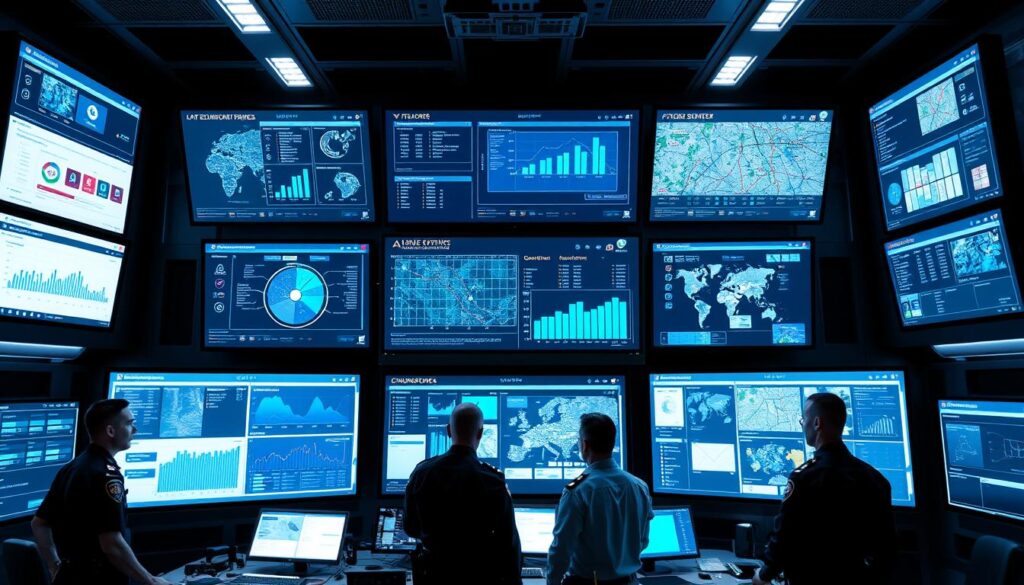
Top 7 Best Law Enforcement Software Solutions
Law enforcement agencies use strong software to make their work better. They choose Tyler Technologies, Motorola Solutions, and LexisNexis Risk Solutions for this.
Tyler Technologies
Tyler Technologies has a wide range of law enforcement software. This includes Mobile Law Enforcement Apps and Public Safety Software Suites. Their tools help with many tasks, like reporting incidents and managing cases.
Their software is easy to use and secure. It’s why many police agencies choose Tyler Technologies.
Motorola Solutions
Motorola Solutions leads in law enforcement software. They offer Mobile Law Enforcement Apps and Public Safety Software Suites. Their tools, like InTime and Data Collect Mobile, improve communication and data access.
Motorola Solutions uses the latest mobile tech. This helps officers respond quickly to emergencies and solve crimes.
LexisNexis Risk Solutions
LexisNexis Risk Solutions is also key in law enforcement software. They have Public Safety Software Suites for police agencies. Their tools, like CrimeTracer and CaseBuilder, help manage data and investigate cases.
LexisNexis Risk Solutions uses advanced analytics. This gives law enforcement a full view of their work and helps make smart decisions.
These three, along with others, lead in law enforcement tech. They offer Mobile Law Enforcement Apps and Public Safety Software Suites. These tools help police agencies protect their communities better.
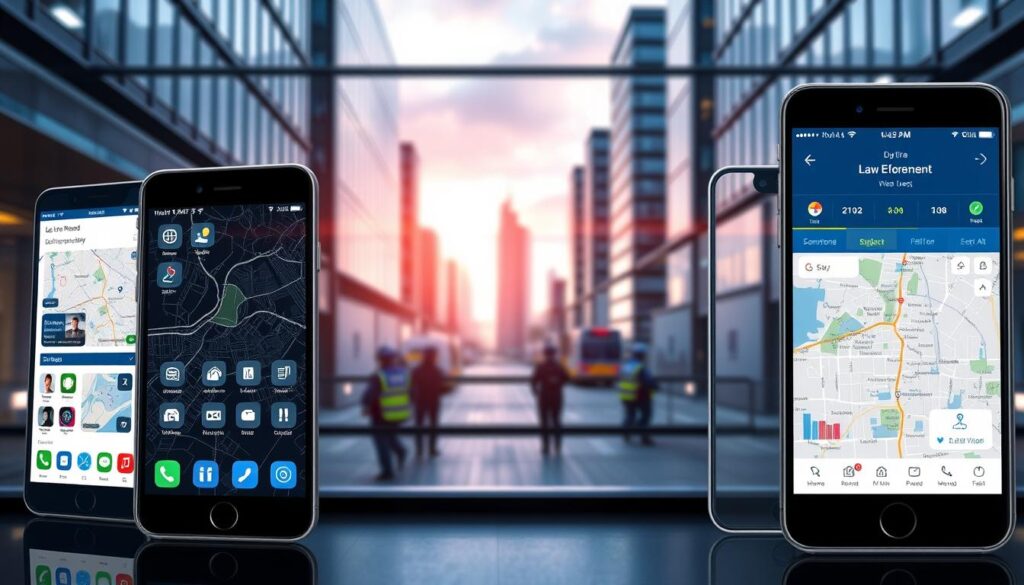
Features of Effective Law Enforcement Software
Law enforcement agencies are using software to improve their work. They need tools that help them do their jobs better. Crime Analytics and Computer Aided Dispatch are key features.
Incident Reporting
Good software makes it easy to write detailed reports fast. Officers can document what happens and keep records well. This makes their job easier and lets them focus on more important things.
Case Management
Software also helps manage cases well. It keeps all important documents in one place. This makes it easier for everyone to work together and share information.
Evidence Tracking
Tracking evidence is very important. The right software keeps track of everything. It makes sure evidence is safe and ready for court.
More features include tools for reports, Crime Analytics, and managing records. It also works well with other systems and can be used on phones. This helps agencies work better and serve their communities well.
“Two years ago, I was constantly going between four different databases trying to keep track of everything. It was a huge burden. Vector is saving a ton of time.” – Administrative Sergeant, Edina Police Department
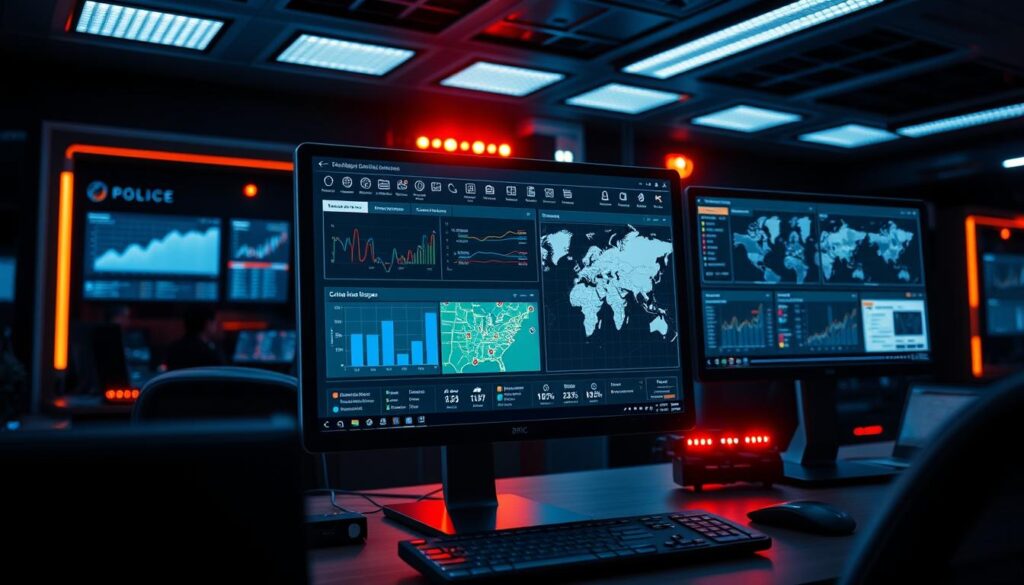
Benefits of Using Law Enforcement Software
Law enforcement agencies in the United States are using new software to make their work better. These tools help them work more efficiently and keep people safer. They change how police departments do their jobs.
Enhanced Efficiency
Law enforcement software makes tasks like data entry and report writing easier. This lets officers spend more time on important police work. They can respond faster and be more effective.
The software also has features like Video Redaction and Security Guard Management. These help teams work together better and make quicker decisions in emergencies.
Improved Data Management
Law enforcement software helps keep all data in one place. This makes it easier for officers to find the information they need. They can make decisions faster and more accurately.
This way of managing data helps solve crimes faster. It also helps police plan better, making communities safer and more trusting of the police.
Using law enforcement software does more than just make paperwork easier. It gives officers the tools they need to do their jobs well. This makes the police more effective and responsive to the community’s needs.
Challenges Law Enforcement Agencies Face
Law enforcement agencies face big challenges as technology and security change. Resource limitations and training needs are key issues. These can make it hard to use new software well.
Resource Limitations
Budget problems can stop agencies from getting and keeping up with new tech. They have to choose which systems to use. This can mean using old or not-so-good software.
This can hurt how well Officer Field Training (FTO) and Emergency Management work.
Training Needs
Teaching officers and staff to use new software is a big job. It’s hard to make sure they know how to use it right. Agencies need to create good training programs.
They must cover both how to use the software and how to use it in real situations. There are also worries about keeping data safe and not relying too much on tech.
It’s important to find a balance between using technology and keeping human skills important. This is a big challenge.
| Challenge | Impact | Potential Solutions |
|---|---|---|
| Resource Limitations | Difficulty in acquiring and maintaining advanced technologies | Explore cost-effective solutions, leverage government grants, and prioritize technology investments based on critical needs |
| Training Needs | Ensuring officers and staff are proficient in using new software while maintaining primary duties | Develop comprehensive training programs, provide ongoing support, and emphasize the importance of technology-enabled policing skills |
By tackling these challenges, agencies can use technology to improve. This can help them work better with the community and serve the public better. The right software and training can make a big difference in policing.
Future Trends in Law Enforcement Software
Law enforcement agencies are getting better at their jobs. They are using new software to help them. Two big changes are the use of Artificial Intelligence (AI) and mobile solutions.
AI and Machine Learning
AI and machine learning are helping law enforcement a lot. They use these tools for things like predictive policing. This means they can guess where crimes might happen and get ready.
These technologies also help with data analysis and Critical Event Management (CEM). This makes it easier for agencies to keep everyone safe.
Mobile Solutions
Mobile devices are changing how police work. Officers can now get important info right away. This helps them make better choices and react faster.
These mobile tools also work with Armory Management systems. This makes sure police have what they need when they need it.
New trends include using social media, real-time translation, and better biometrics. These tools will change how police work. They will help police be more efficient and keep communities safer.
| Technology | Benefits | Adoption Rates |
|---|---|---|
| AI and Machine Learning | Improved predictive policing, automated data analysis, enhanced critical event management | 33% of respondents identified keeping technology up to date as one of their top three areas of concern |
| Mobile Solutions | Real-time access to critical information, seamless integration with Armory Management systems | 58% of law enforcement agencies are investing in in-car/body-worn cameras, while 39% are investing in license plate readers, and 34% in drones/thermal imaging/shot spotters |
| Social Media Monitoring | Enhanced situational awareness, early detection of potential threats | 32% of agencies are purchasing video surveillance hardware/software |
| Language Translation Tools | Improved communication and collaboration with diverse communities | No specific adoption rate data available |
| Advanced Biometrics | Accurate identification, streamlined investigations | 33% of agencies are investing in forensic/investigative technologies |
Law enforcement is getting better with new technology. Using AI, machine learning, and mobile solutions will help them. This will make them more effective at keeping communities safe.
Conclusion: Choosing the Right Software
Choosing the right law enforcement software is important. You need to think about what your agency needs, how much you can spend, and what you want to achieve in the future. Look for software that is easy to use, has strong security, and works well with your current systems.
It’s also key to check if the vendor has a good track record. Make sure they offer great customer support and keep their software up to date.
Final Thoughts on Selecting Law Enforcement Software
Getting the right Investigation Management and Evidence Management software can really help your agency. It can make your work more efficient, better manage data, and build trust with the community. Modern, cloud-based solutions can help you do more with less, freeing up your officers to do their jobs better.
Resources for Further Research
To help you choose the right software, look at industry publications and government reports. Also, check out case studies from agencies that have already used law enforcement software. These can give you useful tips and help you make a choice that’s right for your agency.

